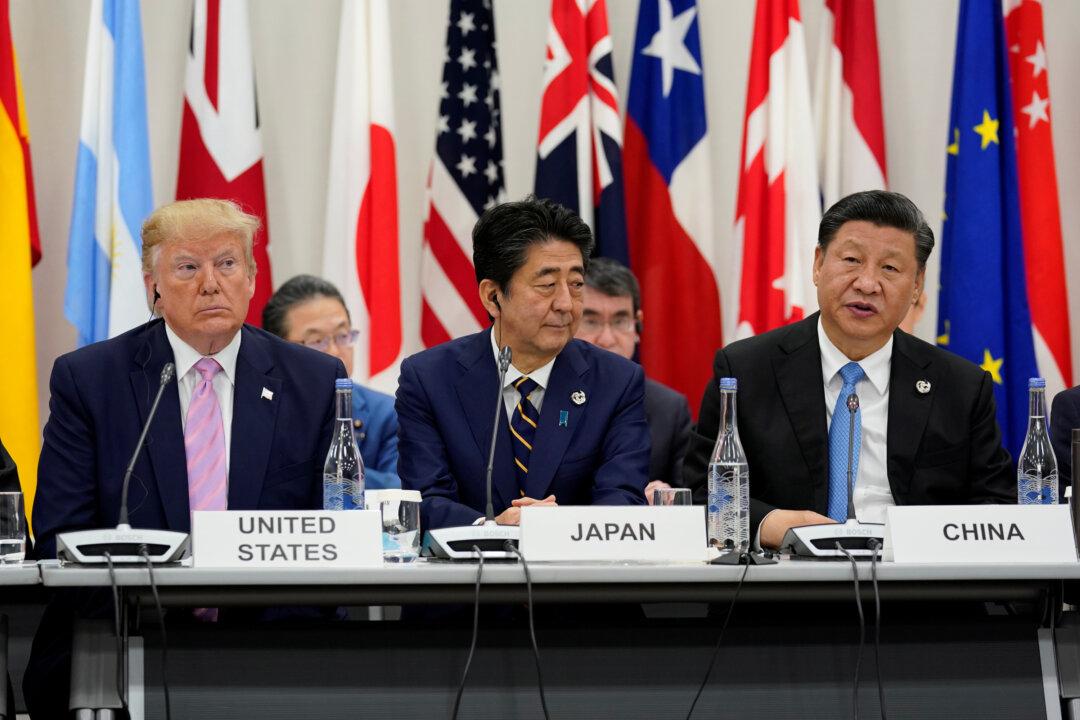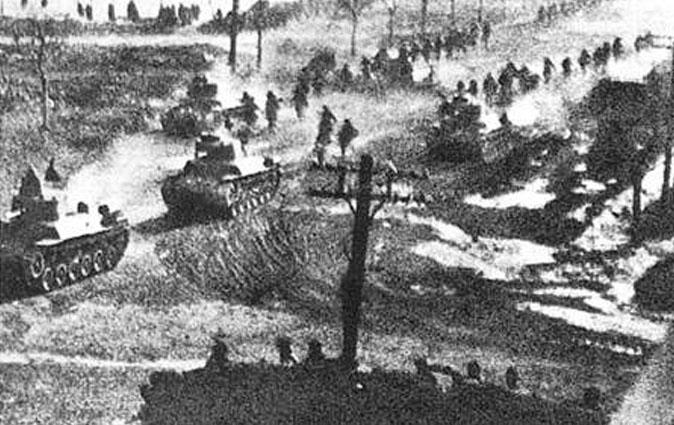As the 2014 FIFA World Cup moves on to the elimination rounds, tied games are thrown out of the window and instead, we have games decided through one of soccer’s biggest highlights: penalty kicks.
To better understand penalty kicks, we refer to ESPN’s Sports Science, which measures the penalty kick with batting in baseball.
Below, we extract from the video the cold, hard facts.
- A soccer goal measures 24 feet wide by 8 feet high, or 192 square feet. This is 50 times larger than the average major-league strike zone.
- A 90 mph fast ball reaches home plate in 440 milliseconds. Compare this to a 70 mph kick from the penalty spot, which reaches the goal in 400 milliseconds. Doing the math, the soccer ball reaches the target zone at a speed 9% faster than a major-league fastball.
- When the ball is kicked, it takes the brain 100 milliseconds to process the visual data coming into the eyes, and another 100 milliseconds to decide where to dive and activate the proper muscles. At this point, the ball has already traveled 19 feet — halfway to the goal.
- It takes a batter 150 milliseconds to swing a bat. Compare this to a goalie that needs 730 milliseconds to get to the post — more than 4 times the time.
- If a keeper waits to move until the instant the ball is kicked, stopping a penalty kick that arrives in sub-400 millisecond speed is physically, and mathematically impossible. This is why a goalie has to guess which way a player is shooting. Goalies guess the right direction 57% of the time, according to worldwide statistics.
- The batting average for all of the majors is 25.8%. Meanwhile, the worldwide percentage of penalty kicks stopped by pro goalies averages 22%.



